Ukraine not succeeding, but not giving up: Yaroslav Hrytsak
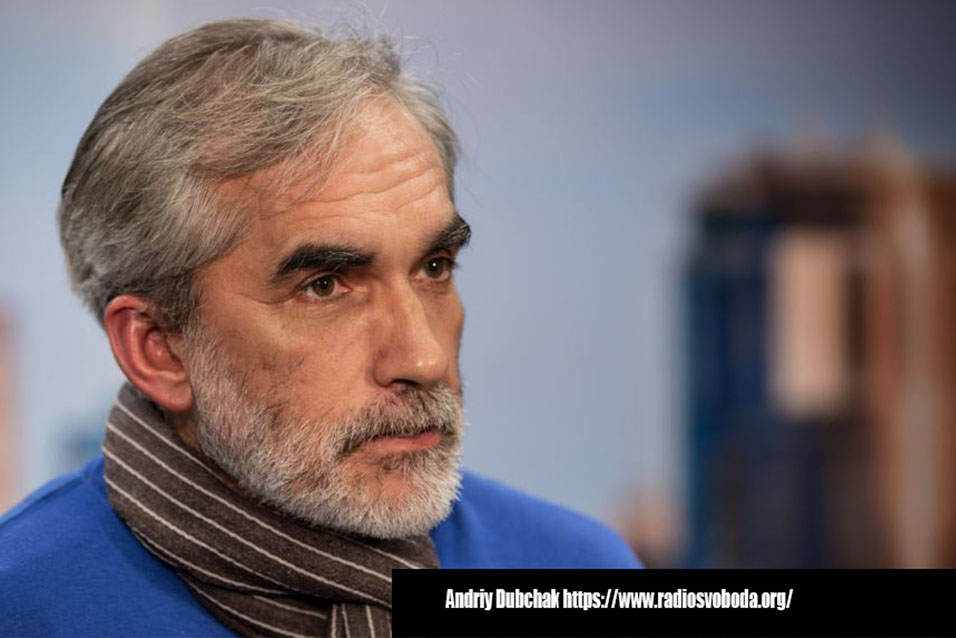
This speech was given to the European Parliament in Brussels on 27 November 2018
As part of a small Ukrainian delegation, I gave a speech to the European Parliament nearly five years ago, aiming to convince MEPs that Ukraine was unlikely to break up. The Euromaidan Revolution had immediately raised, again, the “Huntingtonian” scenario of Ukraine splitting into a Ukrainophone west and Russophone east. The protests in Kyiv were presented as coming only from the Ukrainian-speaking west of the country, supposedly risking a negative response from the east and ultimately threatening a civil war and possible end of Ukraine as a state.
I tried to show that regardless of its internal strifes and divisions, Ukraine is a relatively stable political entity. I don’t know how convincing my arguments were, but the best proof of my thesis came one year later, in December 2014, with the disgraceful end of the “Russian Spring” in Ukraine. (To recall: it was a widely implemented attempt at a counter-revolutionary separatist uprising in the Russian-speaking oblasts of Ukraine’s south and east that was intended to spur the defection of these oblasts from Kyiv as part of a newly declared “New Russia.”) The Russian Spring had failed to prevail in the spring of 2014, by summer it was already extinguished, and in December the Kremlin declared it was over. Ukraine proved again that it is quite resistant to, and able to defend against, the threat of splitting.
But when I spoke in December 2013 at the European Parliament, neither I nor my Ukrainian colleagues were aware of Putin’s actual plans. In fact, these plans had been adopted as Russia’s new Ukraine strategy far earlier, immediately after the Russian-Georgian war of 2008. This strategy stipulated that if Kyiv started to move in the direction of the West—either by submitting an application to join NATO or by strengthening its ties with the EU—then Russia must respond with military intervention and by splitting Ukraine into three. The east and south of Ukraine were planned to be moved directly under the jurisdiction of the Russian Federation, and central Ukraine would be transformed into a puppet state with its centre in Kyiv; as for Western Ukraine—the bastion of Ukrainian nationalism—it would be free to go where it wanted, even “to three devils,” as the saying goes.
Information about this strategy was leaked in the Western mass media. In September 2009 it was described in detail in the newspaper Dzerkalo tyzhnia (Mirror on the Week; Rus: Zerkalo nedeli) by the director of the Institute of Strategic Studies in Kyiv, Volodymyr Horbulin, and his advisor, Oleksandr Lytvynenko. However, the article seemed too incredible to be believed at the time, and it was ignored. Moreover, when my colleague presented this strategy in September 2013 at a conference in Warsaw on European security, the rest of the participants laughed at him. Only one senior German diplomat approached this colleague during a break and said he was right—and also that unfortunately the strategy was probable.
During the Euromaidan I had the chance to work with an informal team of experts at one of the protest headquarters. After the first shootings and the adoption of draconian laws in January 2014, we were aware already that the main threat was not Yanukovych, it was Putin. This was even spoken of by Putin’s former advisor Andrei Illarionov, who had emigrated to the USA and was working at one of its strategic institutes. Illarionov warned Ukrainians that they had exactly until the end of the winter Olympic games, after which Russia would commence direct military aggression.
That is in fact what happened. First was the appearance of the “little green men” in Crimea, and of Girkin’s gang in the Donbas. Next was the incursion of the Russian Army, the extent of which was gauged from the reaction of the local population. The scenario stipulated that the Russian military would advance not on their own but in response to requests from local residents to protect them from the rule of “Ukrainian fascists” in Kyiv. This plan failed, however, when Russia’s army was met not with bouquets of flowers and tears of joy—but rather with opposition from fervent activists in Ukraine’s Russian-speaking cities and oblasts, who clearly understood that inviting the Russian military meant calling war into their own homes.
The Russian strategy succeeded only in Crimea and part of the Donbas. Painful losses as they are, for Ukraine they are small beer compared to what was really the intended result. Ukraine was supposed to have been divided along the line running from Kharkiv to Odesa, with Russia wanting to gain control over the country’s industrial heartland, including the important cities of Dnipropetrovsk (today Dnipro) and Kharkiv, as well as the Black Sea coast from Odesa to Mariupol. Fortunately, these plans were not realized.
I have three reasons for setting forth this history in such detail. Firstly, we have a short memory. We can hardly remember what we did yesterday, and so it’s no wonder we’ve forgotten how serious the risk was five years ago. If the plan had come to pass, today my Kyivan colleagues and I would have been representing not one but two different states; actually, I doubt whether we’d be here at all, representing anyone. Europe would have had a large Syria on its hands, right next to its borders (because Ukrainians would hardly have given in easily to the Russian aggression), and its actual Syrian refugee problem would have been compounded even more by refugee Ukrainians.
Therefore, when today we try to assess the failures and successes of the Euromaidan, we should evaluate them not only compared to the best-case scenario. This rosy picture envisioned Ukraine conducting radical political and economic reforms, and embarking on a development trajectory leading like a highway away from the “Russkii Mir” (Russian World) to a united Europe.
Regrettably, this did not happen. But we should judge Ukraine according to this optimal scenario only if we also keep in mind the worst-case scenario, which I described earlier. Against this more even-handed background, we must make a simple and honest assessment: things in Ukraine are neither as good as we would have wished nor as bad as we imagine. The truth is that Ukraine has never implemented as many reforms as it did in the past five years! But clearly there is also the feeling that these reforms are not enough.
The fact that despite the war the Ukrainian economy is growing can truly be called a “Ukrainian miracle.” However, positive macroeconomic performance has not been converted into microeconomic prosperity for the average Ukrainian. Similarly, Ukraine was granted a visa-free regime with the European Union, but masses of Ukrainians—especially the young—have taken advantage of it in order to leave their country for good. And the label being used for their exit is not emigration but evacuation.
Furthermore, although Ukraine no longer has Communists in its parliament, and the parties from the counter-revolutionary camp have weakened considerably, yesterday’s revolutionary allies are squabbling with each other in the Verkhovna Rada no less than they did with Yanukovych’s forces before 2014. Nevertheless, democratic procedures continue to function, albeit imperfectly. As a consequence of the war, Ukraine currently has 1.5 million or more internally displaced persons, and there are a lot of weapons among the general population, yet it is relatively stable as a political community. Civic society is tired and exhausted, and its suffering leaders are subject to pressure and direct attack—but it remains determinedly on the political stage and is not giving up.
In a word, Ukraine is not succeeding, but it is not giving up. That is the first point.
Secondly, when we speak of a revolution, we must not forget that it is not a one-time act. The English revolution began in 1640 and finished only in 1688. France started on its revolutionary period in 1789, which entailed three more revolutions by 1871. It is jokingly said of Germany that it began its revolutionary transformations in 1848, and only 100 years later embarked on a normal developmental path—not without the help of occupational forces. For its part, Russia went through several revolutionary situations in the 19th century before its “real” revolutions started in 1905. And while its 1917 Revolution looked like a victory for the Bolsheviks, nearly 70 years later we understand that this victory was a “grand illusion.” Meanwhile, in the 19th century the Poles were famous as the most revolution-prone nation: from the Kościuszko Rebellion to the Polish Insurrection of 1863–64, the szlachta and the bourgeoisie instigated five revolutionary insurgencies before Poland achieved independence in 1918. We all remember Poland’s most recent revolution—the successful ascent to power of Solidarnosc in 1989—but we tend to forget that it was preceded by the 1968 Prague Spring and by several worker’s uprisings during the 1970s.
It is Deng Xiaoping who is supposed to have said, in response to Henry Kissinger’s question as to what he thought of the French Revolution, that it’s too early to tell. Given this logic, it is probably too early to speak of the failure or victory of the Ukrainian Revolution of Dignity. The Maidan events of 2014 were merely one act—the most brilliant and most tragic so far—but only one of several, and no guarantee that it will be the last.
Ukraine has yet to fully process its tragic history. This included being at the epicentre, between 1914 and 1945, of what Professor Timothy Snyder called the “Bloodlands”; and in the second half of the 20th century, being reduced from potentially one of the largest nations in Europe to a mere ethnographic ecomuseum, where the local natives were obliged to happily sing and dance, praising the glorious Soviet reality. (It must be said that in their ignorance of any other reality, many of those local natives truly loved this role.) In addition, Ukraine has yet to pay the price for the slowness of reforms since independence was declared after the collapse of the Soviet Union in 1991—for it has been shown that the slower or later such reforms are implemented, the greater the social cost.
Thus, the revolutions in Ukraine are a healthy reaction to unhealthy Ukrainian conditions. Because these conditions have been established historically—that is, over many decades—it’s doubtful that Ukraine could manage to extract itself from them in a single short-term revolution.
In sum, Ukraine is not a sprinter country but rather a stayer country. It is unlikely to traverse the stayer’s distance at a sprinter’s speed. So, at best, the revolutions would only provide a spurt to these processes; they would be able to reduce the time required to go the distance, but would not be able to reduce the distance itself. Ukraine is almost at the final kilometre, but “almost” doesn’t count: it has to get to the end. And the histories of other countries show that reaching the end is not automatically guaranteed.
Thirdly, when considering whether Ukraine will succeed or not, we cannot ignore the geopolitical factor. No revolution happens as a domestic matter of one country only; each revolution invariably has an international context and international consequences.
To expand on this thesis, I would like to cite Alexander Gerschenkron, who is one of the foremost experts on the economic history of Eastern Europe. He wrote an essay in 1951 titled “Economic Backwardness in Historical Perspective,” mainly about countries like Russia or today’s Ukraine. He knew what he was talking about, because he was born in Odesa. When the Bolsheviks took over he was forced to flee to Vienna, and from there, when Hitler invaded, he was again forced to flee, landing in the USA, where he became a professor at Harvard. Gerschenkron’s thesis is simple: the greatest lesson of the 20th century is essentially that the problems of “backward” countries are not contained only in those countries; they are in equal portion the problems of developed countries as well. Developed countries cannot afford to ignore the economic backwardness of their neighbours, because both will eventually have to suffer the consequences.
Russia is a problem for Ukraine and for Europe. It’s a geopolitical problem, but its roots lie in the failed liberalization of Russian politics and economy in the early 1990s. Putin is not the cause of the failure—he is its result. To quote from the aforementioned article by Horbulin and Lytvynenko, in the person of Putin the government of the Russian Federation “sacrificed the prospect of systemic public modernization and, therefore, the country’s future. In effect, for the fifth or sixth time in Russian history, the reform/counter-reform vicious circle could not be broken.”
A broad modernization program was reduced to a single narrow element—upgrading the military. This means that the current Russian government cannot live without external aggression or fomenting war hysteria, otherwise it loses its existential meaning.
Ukraine is attempting to do today what Russia failed to accomplish in the early 1990s. It’s not a given that Ukraine will succeed, and almost certainly hard times are ahead. It will have to address some domestic issues on its own, without any outside help, but overall its chances of success are very small without support from the West. And this would be a defeat not only for Ukraine but also for the West—and even for Russia in the long run. For Ukraine’s success would create a chance to finally break the Russian vicious circle.
As I said before, Ukraine has not succeeded yet. Nevertheless, in contrast to Russia, Ukraine is continuing to process its past, and is determined not to sacrifice its European future. For this alone it deserves your support.
English translation by Ksenia Maryniak, Edmonton, 8 April 2019.
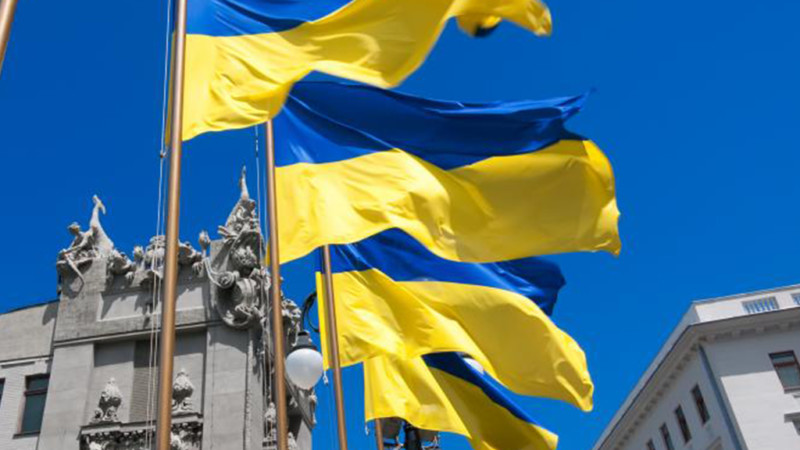
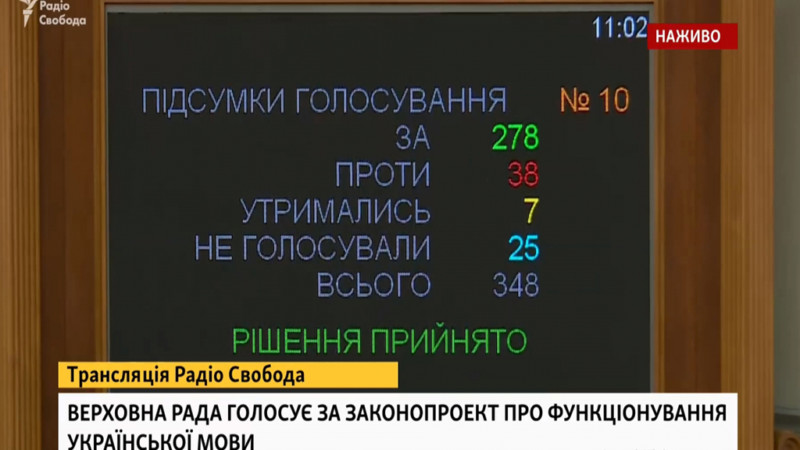
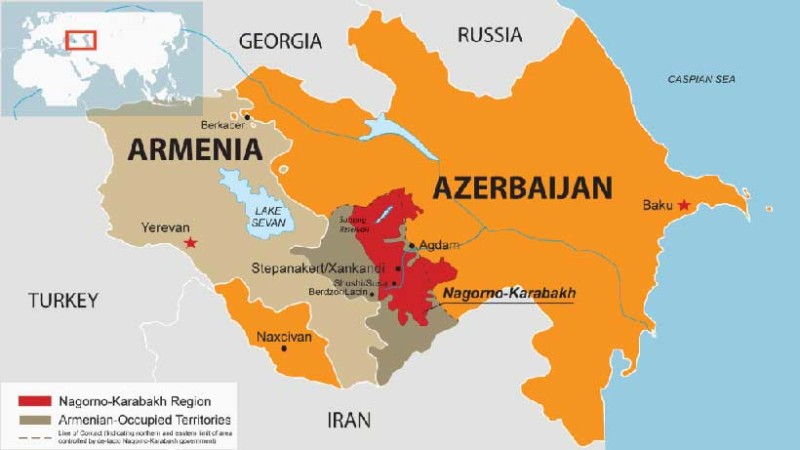
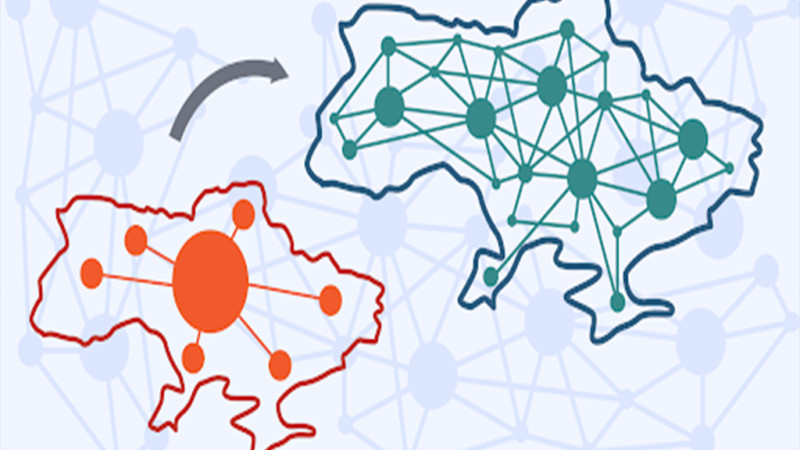
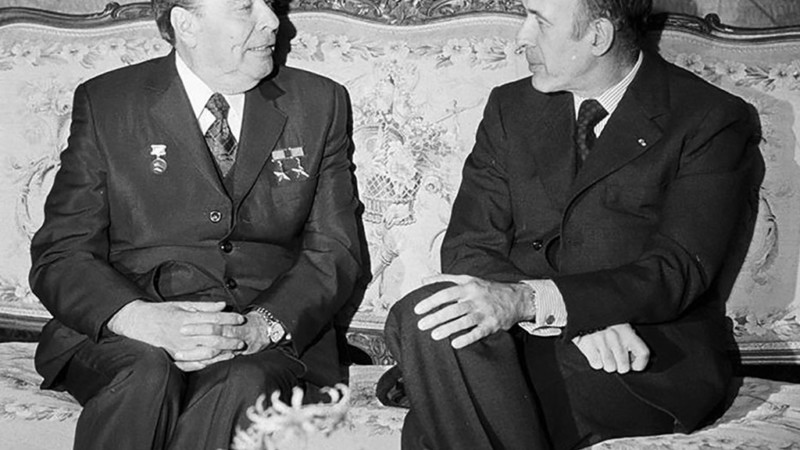
One thought on “Ukraine not succeeding, but not giving up: Yaroslav Hrytsak”